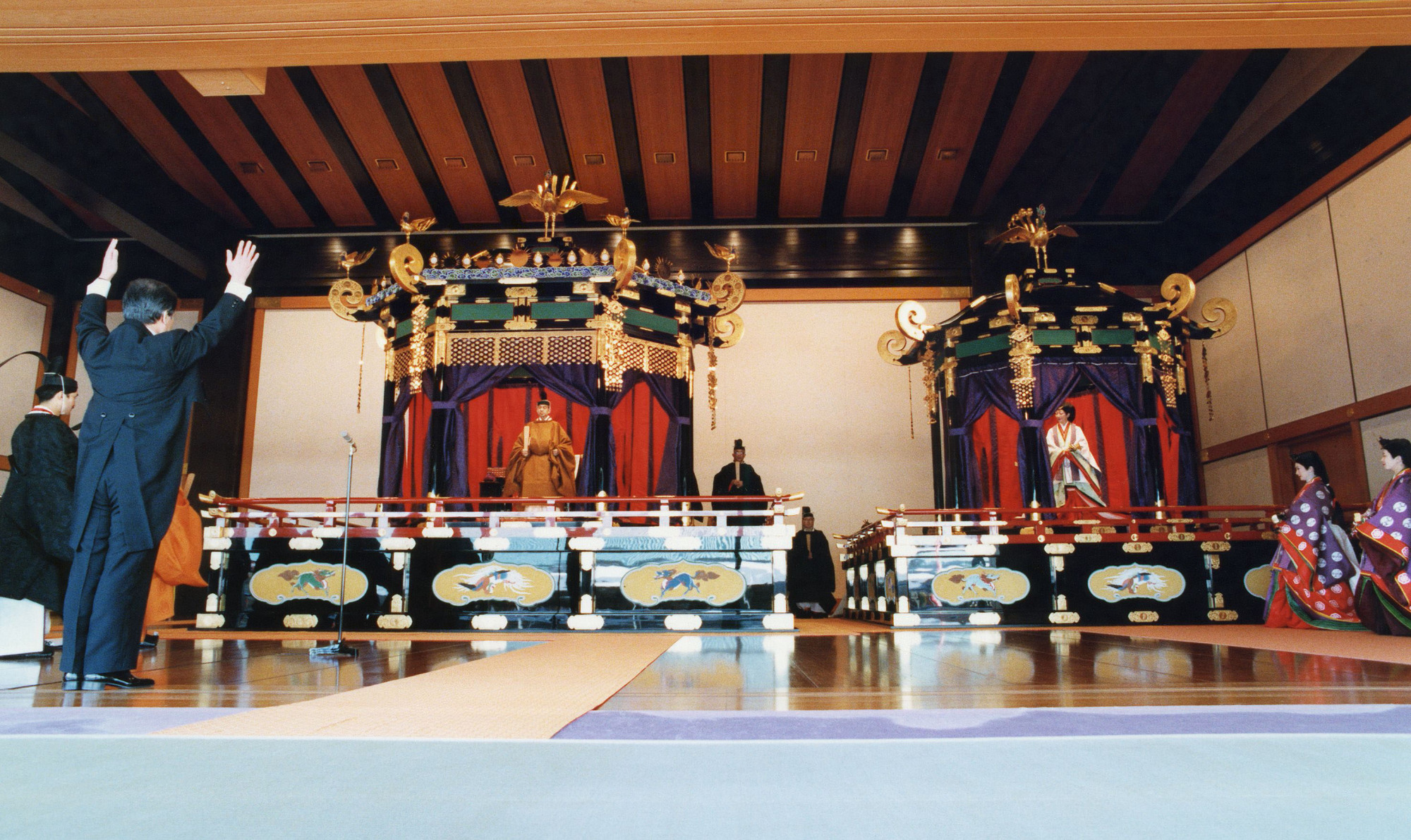On May 1, Japan moved from the 平成時代 (Heisei jidai, Heisei Era) into the 令和時代 (Reiwa jidai, Reiwa Era) as former Emperor Akihito retired from his position and passed the throne to his eldest son, Naruhito. The country celebrated with a few extra days off work, but the ceremonies aren't over yet.
Today is the day of the 即位礼正殿の儀 (Sokuirei Seiden no Gi, the Ceremony of Accession) and it is an official 国民の休日 (kokumin no kyūjitsu, national holiday). In May, this column examined a variety of 皇室用語 (kōshitsu yōgo, imperial language) connected to the royal handover. Thanks to the 皇位継承 (kōi keishō, imperial succession) and other relevant ritual events taking place this year, however, Japanese learners have more than one chance to practice this new vocabulary.
Three main events were set to take place today: the aforementioned 即位礼正殿の儀, the 祝賀御列の儀 (shukuga onretsu no gi, celebratory procession) and the 饗宴の儀 (kyōen no gi, banquet ceremony). 台風19号の影響で、祝賀御列の儀は延期になりました (Taifū jūkyū-gō no eikyō de, shukuga onretsu no gi wa enki ni narimashita, Due to the effects of Typhoon No. 19 [Hagibis], the celebratory procession has become postponed), so only two events will take place.

















With your current subscription plan you can comment on stories. However, before writing your first comment, please create a display name in the Profile section of your subscriber account page.